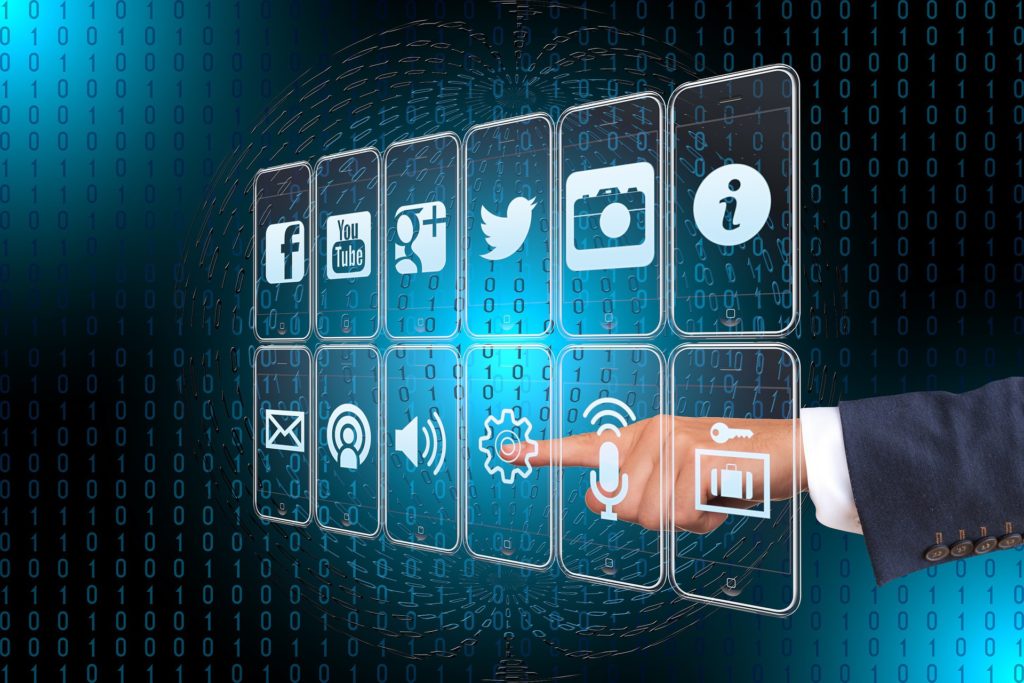Today, business is synonymous with the internet. It has virtually replaced brick and mortar spaces as the hub for consumers to examine and obtain products or services and it’s used in every other aspect of business, too, from shipping and receiving to analytics. The Internet of Things is making it easier to do business and is applied to many industries, from healthcare to construction.
What Is the Internet of Things?
The Internet of Things (IoT) is a network of seemingly disparate elements that can communicate with one another, sharing data that can be accessed in real-time. The elements that comprise IoT include computers, mechanical and digital machinery, animals and people. This communication network functions without the need for human-to-human or human-to-computer interactions.
IoT relies on sensors, software and other technologies embedded into elements that range from ordinary household products to contact lenses to sophisticated industrial tools. There are currently more than 10 billion users connected to IoT devices and this is expected to trend to 22 billion by 2025.
One way to think about IoT is to think about your vehicle’s computer system, particularly its communication capabilities. When the sensors and monitors in your vehicle recognize that there is a problem that needs to be addressed, it immediately sends a signal to the driver, which the driver is able to interpret via the service engine icons.
How Is IoT Used in Business?
If your next marketing move was to be determined by a particular number of survey scores and what they revealed, IoT will hasten the process. In a net promoter score scenario, for instance, when the amount of data needed is realized, automation can take over, crunching the numbers and presenting the data that the company will use to make its decision in real time. Data can be sent immediately to all employees who need it to proceed.
How Is IoT Used in the Healthcare Industry?
When it comes to IoT for healthcare, there is a range of IoT applications. Today, doctors use IoT to monitor their patients continuously and apply recommendations accordingly. Patients and doctors both appreciate how remote-monitoring capabilities have made the healthcare experience easier and more effective.
IoT in healthcare is partly about prevention. Consistent monitoring can address little health problems before they become big ones. This not only keeps the patient from spending unnecessary and unwanted time in the hospital, racking up complicated insurance costs, but it also helps to prevent overcrowding in hospitals.
Patients can wear all sorts of monitoring devices to measure vital signs like blood pressure, heart rate and glucose levels. IoT contact lenses come with enough sensory hardware to send information to doctors and to better serve the wearer, like facilitating a vision change when going from bright sun into shade.
The sheer amount of data that IoT collects necessarily makes the healthcare process easier to engage with. Doctors and patients both have access to their health statistics which makes proactive decision-making much easier. A patient who recognizes that their blood pressure is going down as they endure a particular diet and exercise routine knows that it is working and should be kept up. A doctor who sees an irregular heartbeat can schedule an appointment to investigate.
What Is the Future of IoT?
The Internet of Things is predicted to continue to positively impact the lives of the people and entities who utilize it. The potential is limitless. Increased network agility, integrated artificial intelligence and the capacity to deploy and automate will accelerate advances in the industrial internet. It stands to reason that IoT will continue to saturate different industries and attract more users. Benefits to everybody involved dictate the plausibility of this scenario.
Technology is leading the way for business and IoT is the vanguard of technology. It already has applications in many aspects of business and across disparate industries. Its versatile presence is a major step forward in facilitating more competent business practices that benefit both the business and the consumer.
- Using Technology to Boost Sales - June 27, 2024
- Why Your Startup Needs Insurance and How to Make It Affordable - June 3, 2024
- Feeling Marketing Burn Out? AI is the Answer - May 2, 2024



